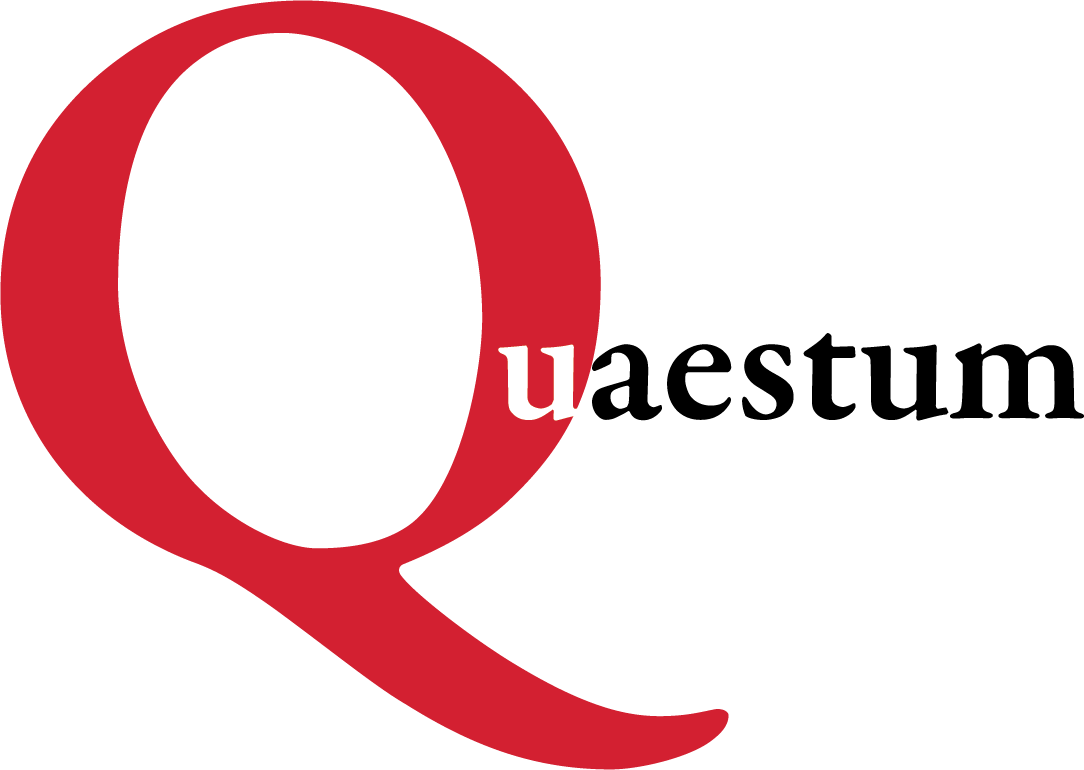Diagnostic imaging service delivery with emphasis on throughput time, total service time and resource usage at an MRI department.
In
a market of continuous high demand for MRI exams and a shortage of available MRI
scanners, a significant (external) waiting list is the inevitable result.
This can be tackled by the means of three actions:
- Reduce the demand of MRI exams and services with evidence-based medical choices for executing an MRI exam based on validated guidelines (reduce demand).
- Increase availability and accessibility by providing more MRI scanners for the community (expand supply).
- Efficient use of the available MRI scanners and resources (operational performance and excellence) at hospital/departmental level.
In the latter, our patients (customers) desire short waiting times, whereas we, as service providers, want to maximise resources utilisation. Long waiting times are not uncommon in many service organisations and it is familiar especially in outpatient hospital departments. Queues form when entities that request service, the patients, arrive at a medical service facility and cannot be served immediately upon arrival. Queues are ubiquitous, particularly in healthcare delivery systems. At the same time, queues are undesirable, because delay in receiving needed services can cause prolonged discomfort and economic loss when patients are unable to work and even the possible worsening of their medical conditions that can increase subsequent treatment costs and poor health outcomes.
